Benefits Of Hawthorn Tea And Berries
 Science now finds many folk remedies have real health benefits. Hawthorn berries are in that category. They are healthy options to add to any diet. These tiny fruits grow on trees and shrubs and come in several colors. They grow in Europe, Asia, and North America. The berries are mildly sweet, but mostly tart and tangy. Some have thick thorns and others don’t. Some berries are yellow and others are shades of red. Not all hawthorn berries offer the same benefit or nutrients. When people generalize and refer to hawthorn trees and berries, they usually mean Crataegus monogyna.
Science now finds many folk remedies have real health benefits. Hawthorn berries are in that category. They are healthy options to add to any diet. These tiny fruits grow on trees and shrubs and come in several colors. They grow in Europe, Asia, and North America. The berries are mildly sweet, but mostly tart and tangy. Some have thick thorns and others don’t. Some berries are yellow and others are shades of red. Not all hawthorn berries offer the same benefit or nutrients. When people generalize and refer to hawthorn trees and berries, they usually mean Crataegus monogyna.
Hawthorn berries, leaves, and flowers for centuries as medicine.
The berries from hawthorns are called haws. The “haws” are used for medicine, jam and jelly, powders, and even hawthorn honey. As early as 659 A.D., the Chinese used hawthorns to treat digestive issues. Recent studies have found it beneficial for many health issues, including heart health. The high polyphenols content may help people with heart failure, angina, cardiac rhythm changes, heart disease, and atherosclerosis.
It’s not just the heart that benefits.
The studies on lowering blood pressure vary. Some research found that taking hawthorn extract lowered the diastolic blood pressure but not the systolic blood pressure. The diastolic pressure is the bottom number. Other research shows it may lower both the top—systolic—and bottom—diastolic blood pressure, with the most impact on the systolic blood pressure. This may occur because hawthorn berries contain a vasodilator that opens the arteries by relaxing them. A six-month study found that not only did hawthorn extract reduce harmful cholesterol, but it also reduced the thickness of plaque build-up in the arteries.
You could slow aging by drinking hawthorn tea.
All the vitamins, minerals, and phytonutrients can help ward off aging in several ways. It can help reduce inflammation and the vitamin C it contains can improve collagen production. Collagen helps keep the skin firm and youthful appearance. It contains antioxidants that fight free radicals that can damage the cells and cause aging. Some research has shown that hawthorn may help inhibit wrinkle formation and increase skin moisture.
- Ancient Chinese medicine may be accurate. Recent studies show that hawthorn berries can aid digestion. It’s been used that way for centuries. It can increase digestive enzymes and relieve constipation.
- The flavonoids in the leaves of the hawthorn plant make a tea that’s good for relaxing muscle spasms. It can reduce inflammation, relieve pain, and help reduce spasms. Drinking the tea may also help prevent cancer, diabetes, Alzheimer’s, and heart disease.
- If anxiety, depression, or stress is a problem, a cup of hawthorn tea may help. It’s the flavonoids that help anxiety and also act as sleep aids. All the nutrients in hawthorn can help boost immunity and protect from infection.
- If you have menopausal symptoms like night sweats, hot flashes, vaginal dryness, or mood swings, drink a hawthorn tea to help. Always check with your healthcare professional first to ensure it’s safe for you and there’s no interaction with medications.
For more information, contact us today at Wellness On A Dime Coaching

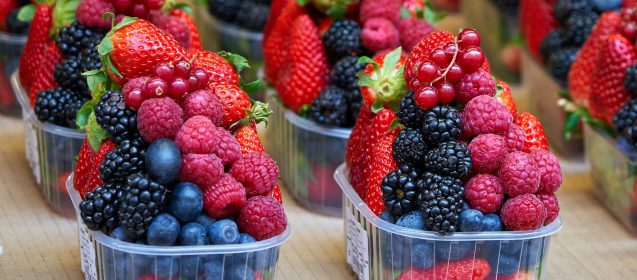

 What causes the urge to eat unhealthy foods when you’re under stress? If you’re sad and worried about a situation, comfort foods that are soft, sweet, and connected to a fond memory where you felt safe are often the food of choice. Crunchy food can release frustration, while any sweet treat can help make up for the injustice you feel has occurred.
What causes the urge to eat unhealthy foods when you’re under stress? If you’re sad and worried about a situation, comfort foods that are soft, sweet, and connected to a fond memory where you felt safe are often the food of choice. Crunchy food can release frustration, while any sweet treat can help make up for the injustice you feel has occurred.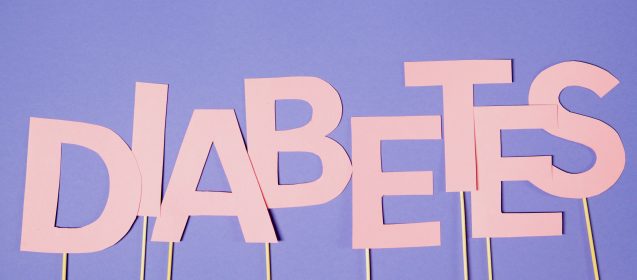
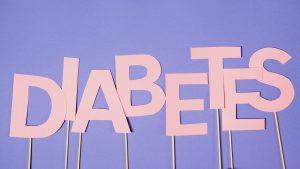 Diabetes is a problem in Louisiana. While government statistics lump both type 1 diabetes and type 2 together, many dietary restrictions and aids help both types. Is veganism one of those solutions? Type 1 diabetes occurs when the pancreas doesn’t make insulin or makes too little. Insulin opens the cells so the body can use the blood sugar for energy. It commonly starts in childhood. Type 2 diabetes can also come from low insulin levels, but it also occurs because the body doesn’t effectively use the insulin that it makes.
Diabetes is a problem in Louisiana. While government statistics lump both type 1 diabetes and type 2 together, many dietary restrictions and aids help both types. Is veganism one of those solutions? Type 1 diabetes occurs when the pancreas doesn’t make insulin or makes too little. Insulin opens the cells so the body can use the blood sugar for energy. It commonly starts in childhood. Type 2 diabetes can also come from low insulin levels, but it also occurs because the body doesn’t effectively use the insulin that it makes.
 Stress is a killer. It can cause many health issues. When people are under stress, they often do many things to deal with the problem, and not all of those things are healthy. Sometimes people consume alcohol or abuse drugs. Others may overeat or sit and worry. None of those are healthy ways to de-stress. One option to help reduce stress is controlled breathing. Breathing in slowly through the nose, holding the breath, and releasing the air by exhaling slowly through the mouth can help slow heart rate and relax a stressed individual.
Stress is a killer. It can cause many health issues. When people are under stress, they often do many things to deal with the problem, and not all of those things are healthy. Sometimes people consume alcohol or abuse drugs. Others may overeat or sit and worry. None of those are healthy ways to de-stress. One option to help reduce stress is controlled breathing. Breathing in slowly through the nose, holding the breath, and releasing the air by exhaling slowly through the mouth can help slow heart rate and relax a stressed individual.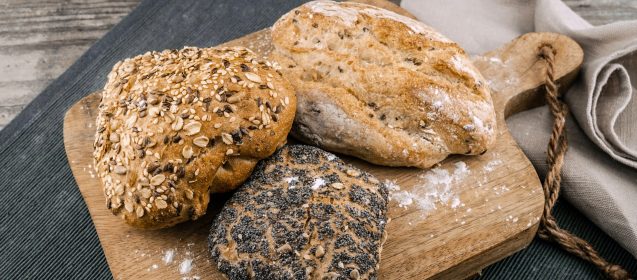
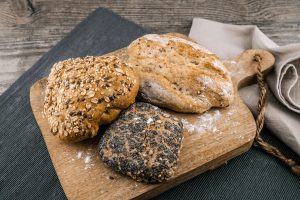 Some people can’t eat grains. For those people, most grains aren’t healthy options. For the rest of us, whole grains are the best option. They’re different from refined grains because they contain all three parts of the seed. They have the germ, fiber, and endosperm. Refined grains might sound classier—since they contain the word refined in their name—but they’re definitely not healthier than whole grains. Refined grains only contain the starchy endosperm. It’s what’s left after the bran and germ were removed during milling.
Some people can’t eat grains. For those people, most grains aren’t healthy options. For the rest of us, whole grains are the best option. They’re different from refined grains because they contain all three parts of the seed. They have the germ, fiber, and endosperm. Refined grains might sound classier—since they contain the word refined in their name—but they’re definitely not healthier than whole grains. Refined grains only contain the starchy endosperm. It’s what’s left after the bran and germ were removed during milling.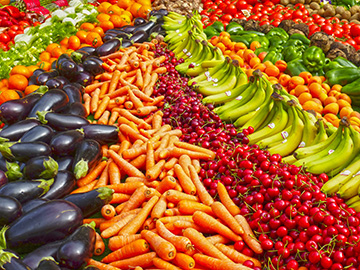
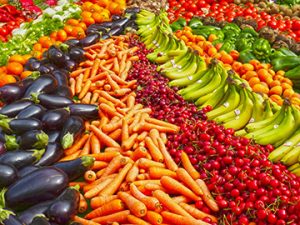 Low testosterone can affect both men and women. Even though it’s a male sex hormone, both genders have it. A low testosterone level affects the creation of red blood cells, bone density, and muscle development. It provides a sense of well-being and enhances the sex drive. The testicles and ovaries produce testosterone, with men having far more than women. Low testosterone can produce many symptoms in both genders, but you can increase testosterone levels by consuming certain foods, including some fruits and veggies.
Low testosterone can affect both men and women. Even though it’s a male sex hormone, both genders have it. A low testosterone level affects the creation of red blood cells, bone density, and muscle development. It provides a sense of well-being and enhances the sex drive. The testicles and ovaries produce testosterone, with men having far more than women. Low testosterone can produce many symptoms in both genders, but you can increase testosterone levels by consuming certain foods, including some fruits and veggies.
 You constantly hear about drinking enough water to avoid dehydration, but few people discuss the potential danger of overhydration and the effect it can have on blood pressure. What is overhydration? It can occur in two ways. You either drink too much water than your kidneys can excrete or retain water, so there’s too much in your body. Most healthy people that tend to overhydrate are healthy people like marathon runners who try to ensure they’re adequately hydrated. One of the biggest concerns is the electrolyte balance and low levels of sodium.
You constantly hear about drinking enough water to avoid dehydration, but few people discuss the potential danger of overhydration and the effect it can have on blood pressure. What is overhydration? It can occur in two ways. You either drink too much water than your kidneys can excrete or retain water, so there’s too much in your body. Most healthy people that tend to overhydrate are healthy people like marathon runners who try to ensure they’re adequately hydrated. One of the biggest concerns is the electrolyte balance and low levels of sodium.
 Have you struggled with weight loss or fat accumulating around your belly no matter how many leg lifts you do? You might have a hormone imbalance. Many people in Louisiana find that it’s a problem. Always check with your healthcare professional first to ensure you don’t have a serious condition. In most cases, the doctor will give you the latest pill or suggest ways to reset your hormones naturally.
Have you struggled with weight loss or fat accumulating around your belly no matter how many leg lifts you do? You might have a hormone imbalance. Many people in Louisiana find that it’s a problem. Always check with your healthcare professional first to ensure you don’t have a serious condition. In most cases, the doctor will give you the latest pill or suggest ways to reset your hormones naturally.
 It’s not unusual for people to want a healthier life. I get messages from people all over Louisiana asking for help. Learning about the person’s dietary needs, personal preferences, goals, and lifestyle is important when identifying the healthiest diet. All healthy diets have one thing in common. They include several superfoods loaded with vitamins, minerals, healthy fat, and phytonutrients. The ones that have the most benefits are often called superfoods. They can provide more benefits per calorie than most food you eat.
It’s not unusual for people to want a healthier life. I get messages from people all over Louisiana asking for help. Learning about the person’s dietary needs, personal preferences, goals, and lifestyle is important when identifying the healthiest diet. All healthy diets have one thing in common. They include several superfoods loaded with vitamins, minerals, healthy fat, and phytonutrients. The ones that have the most benefits are often called superfoods. They can provide more benefits per calorie than most food you eat.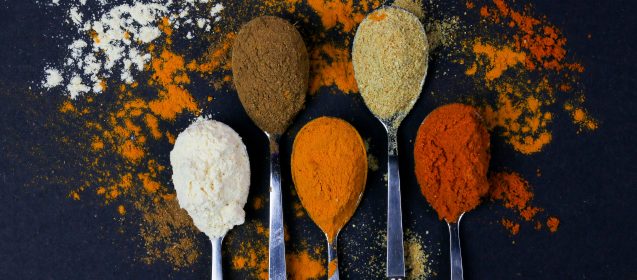
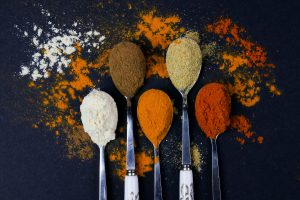 You’ll improve the flavor of your next meal and your potential to lose weight when you add the right spices to your next meal. Many spices can improve weight loss. They may work in different ways, but each has something to offer. When you use spices wisely, you’ll not only improve the flavor of your meal, but you’ll also watch your weight diminish and boost health benefits. Before modern medicine, many spices were part of the physician’s tools to help cure diseases. Some modern medicines are based on the chemicals found in spices.
You’ll improve the flavor of your next meal and your potential to lose weight when you add the right spices to your next meal. Many spices can improve weight loss. They may work in different ways, but each has something to offer. When you use spices wisely, you’ll not only improve the flavor of your meal, but you’ll also watch your weight diminish and boost health benefits. Before modern medicine, many spices were part of the physician’s tools to help cure diseases. Some modern medicines are based on the chemicals found in spices.